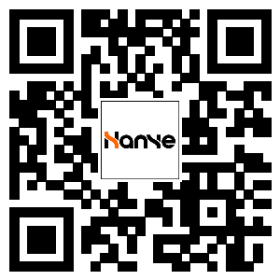The combination of label feeder and flexible feeding system can significantly improve the efficiency and adaptability of automated production lines, especially in industries such as electronics, medical, and food packaging that require high precision and diversity of labels.
1、High compatibility and flexibility
Multiple label support: The flexible feeding system can dynamically adjust parameters (such as nozzle type, gripping force, etc.) to meet the feeding needs of different sizes, materials (paper, PET, metal labels), and shapes (circular, irregular labels).
Quick line change: No need to replace hardware, switch label types through software, reduce downtime, suitable for small batch and multi variety production.
2. Precise positioning and stability
Visual assisted correction: Flexible feeding often integrates a visual system to detect the position and angle of labels in real time, and with the help of Feida's stepper or servo drive, corrects deviations (such as ± 0.1mm accuracy) to avoid label skewness.
Anti interference ability: It has fault tolerance for slight wrinkles on the label or deformation of the bottom paper, reducing the risk of jamming.
3. Efficiency improvement
High speed matching: The combination of Feida's continuous feeding (such as 300+pieces per minute) and flexible feeding parallel processing capabilities enables high-speed labeling, especially suitable for fast-paced assembly line scenarios.
Seamless connection: Flexible vibration discs or robots can optimize the label grasping path, reducing the waiting time for Feida feeding to the labeling station.
4. Automation and Intelligence
Intelligent scheduling: By coordinating the feeding rhythm and flexible feeding action of Feida through PLC or MES system, dynamic speed regulation can be achieved (such as automatically adjusting the feeding frequency according to the production line speed).
Data traceability: Record label types, feeding times, and other data for quality traceability and production analysis.
5. Cost optimization
Reduce manual intervention: Flexible feeding automatically handles anomalies (such as label overlap) and reduces the frequency of manual inspections.
Reduce losses: Precise control reduces tag waste, especially significant for high priced tags such as RFID.
6. Adaptability to complex scenarios
Multi station collaboration: can be combined with a robotic arm to achieve 3D labeling (such as curved packaging), Feida ensures continuous feeding, and a flexible system adjusts the labeling angle.
Response to harsh environments: In clean rooms or anti-static environments, non-contact grasping of flexible feeding (such as air suction) is used to avoid label contamination.
Application example:
Medical consumables packaging: Flexible feeding processing of sterilization labels of different specifications, Feida ensures continuous supply of sterile labels.
Electronic products: Attach variable QR code labels to PCB boards, and the visual system verifies the content and position in real-time.
This combination of "rigid feeding+flexible processing" mode maximizes the strain capacity of the production line while ensuring stability, and is a typical solution for upgrading intelligent manufacturing. Hanye Intelligence is a comprehensive company that focuses on the research and development, production, and sales of various types of feeders, Feida feeders, and label Feida. Contact number:+86-136 5309 2911 Mr. Huang
 Industrial automation intelligent offering solutions for professional service providers
Industrial automation intelligent offering solutions for professional service providers




